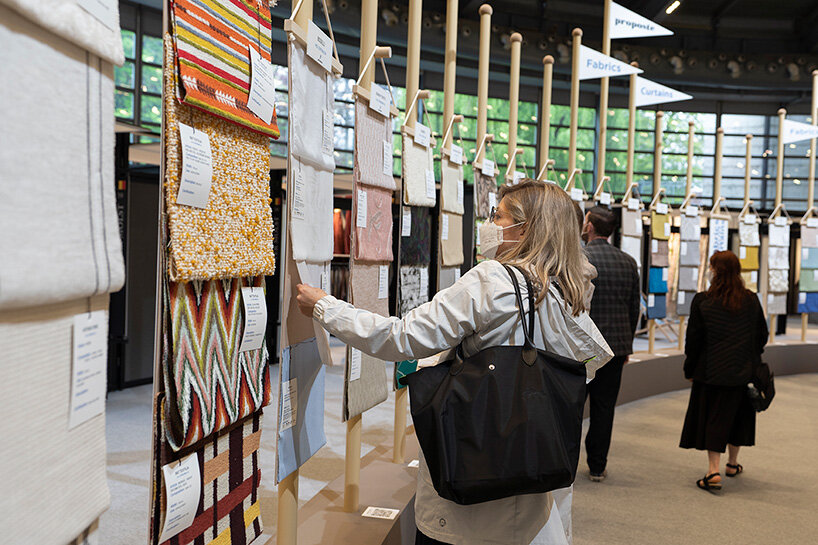Trade fairs have long been pivotal platforms for connecting buyers and sellers, facilitating business deals, and showcasing industry innovation. Still, the conventional trade fair concept is changing as technology develops and the global market changes. To satisfy the objectives of business matching, event planners are concentrating more and more on improving sourcing efficiency and combining digital and physical events.
The Changing Landscape of Trade Fairs
From pandemic interruptions to the fast use of digital tools, the global trade show sector has encountered major obstacles recently. These elements have underlined the possibilities of hybrid and online solutions as well as the restrictions of conventional trade fair forms. Exhibitors and buyers are not happy to just show up for big events without any clear results. Rather, they want simplified, quick access to somewhat valuable sources.
Key Strategies for Enhancing Sourcing Efficiency
Different approaches are being used by event planners to make trade fairs more practical for attendees. Among them are:
Hybrid Event Models
Hybrid trade events mix the finest of digital and physical encounters. Attendees may utilize virtual platforms for further involvement while personally exploring exhibit halls. Virtual booths, live streaming, and networking capabilities abound on these sites, which let buyers and sellers interact anywhere. This strategy guarantees that companies may engage even in cases when travel is not a possibility and maximizes reach.
Business Matching Platforms
Technology for business matching has transformed buyer-exhibitor interaction. Event planners can assist participants in creating important relationships by arranging meetings in advance or enabling on-demand introductions, therefore saving time and raising the possibility of good transactions.

Live Product Demonstrations
Modern trade events now often feature live streaming product previews and demos. Exhibitors can enhance product exposure by distributing these sessions to both physical and online audiences, therefore enabling buyers to connect in real-time. This arrangement also guarantees that people who cannot make it personally can still interact with exhibitors and investigate their offerings.
Data-Driven Insights
Data analytics is allowing event planners to improve sourcing effectiveness. Tracking attendee behavior, product preferences, and degrees of involvement helps them to provide participants with individual recommendations. These realizations enable exhibitors to efficiently target possible customers and assist buyers in identifying pertinent exhibitors fast.
User-Friendly Technology
Improved sourcing efficiency requires a flawless experience. Providing advanced search filters, AI-driven suggestions, and integrated communication capabilities, event systems have to be simple and easy to use. Giving user-friendliness first priority helps event planners make sure attendees concentrate on building relationships instead of negotiating difficult systems.
The Future of Trade Fairs
Trade fairs’ future is in combining digital and physical experiences to produce complete, effective platforms. Event planners have to be flexible as technology develops and welcome ideas like artificial intelligence, augmented reality, and blockchain to improve sourcing effectiveness even further.
Improved sourcing effectiveness is altering the function of trade fairs in the contemporary corporate environment. Event planners may produce powerful platforms that effortlessly link consumers and sellers by including technology, giving user-friendly tools first priority, and adopting hybrid models. Those that follow these trends will not only satisfy participant expectations but also help to determine the future of trade fairs, therefore ensuring the indispensible nature of global trade.
